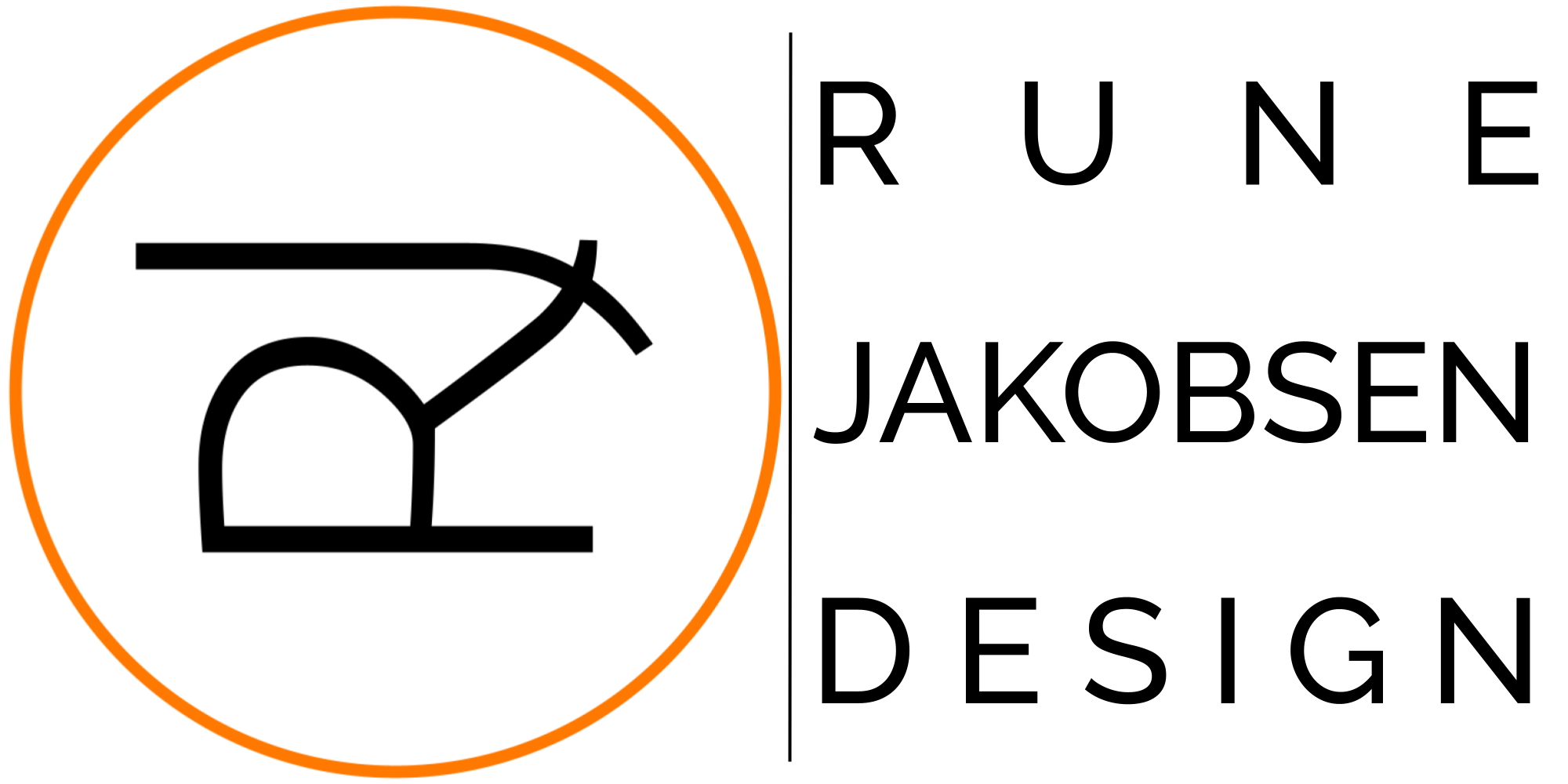

Login
Country
Language


When the choice is between natural and synthetic textiles, flax is a gamechanger.
While cotton has long been the traditional material choice for house decor and clothing, flax products are rapidly gaining popularity for several reasons.
The flax plant has been cultivated for thousands of years, and is one of the oldest plants that has been used in the manufacture of clothing and textiles.
Linen fabric is made from the flax plant and is 100% natural. The production is sustainable, and the result is strong and fine fibers, which are spun into yarn that is woven and dyed into the finished fabrics.
The flax fibres are naturally thicker and stronger than other textile fibres, and are 30% thicker than cotton.
It has extreme strength and is very durable, so you don't have to worry about wear and tear - and the more you use your flax products, the softer and more beautiful they get.
Undefeated absorption properties
When it comes to tackling the daily drying routines in the kitchen and bathroom, nothing beats the ability of flax to absorb liquids.
Flax fibres are far more absorbant than cotton. Therefore, flax can both contain more fluid and absorb it faster than cotton.
Flax linen is quick to dry and smudge repellent, so flax wipes and towels are therefore excellent in the kitchen for drying glass and to give silver and crystal a beautiful shine.
Flax also feels nice and cool against the skin, and is therefore highly suitable for both clothing and drying the body after bathing.
If you are going to the beach on a sunny summer day, a thin linen texture is both the coolest-feeling and best sun-blocking friend you can bring.
Quick drying and good hygiene
The exceptional moisture-carrying property of flax fibres means that they dry much faster than cotton.
This property helps to prevent bacterial growth, and ensures that your dish towels, towels and dish cloths remain fresh and hygienic.
With linen textiles you can say goodbye to the slightly musty and moldy fragrance that follows cotton towels.
Durability and longevity
Flax textiles are known for their extreme durability. Flax fibers are strong and cool in dry condition - but when made wet, they become even more durable.
This means that your textiles can withstand countless cycles in the washing machine without losing their integrity. They resist wear and tear and the fading of colors, making them a long-term and sustainable investment.
The environmentally friendly choice
Toiletries made of linen are an environmentally conscious and sustainable choice. The flax plant requires minimal water, pesticides and synthetic fertilizer to grow.
The production process of flax textiles is much more sustainable than cotton, which are both dependent on more resource-intensive cultivation- and production methods.
Timeless style.
Textiles radiate a timeless and sophisticated aesthetic. The natural texture and subtle shine of flax makes the fabric vibrant and elegant.
The neutral colour palette of flax blends seamlessly into any environment - from a rustic farmhouse to modern and minimalist interior design.
Therefore, flax should be your first choice, whether it be clothing, blankets, accessories, tablecloths, towels or dish towels.
The history of flax
As early as the Stone Age, flax could be processed in Europe, though it was mostly used for things like ropes, fishing nets and the like.
Clothes were not so developed at the time. Hardly anyone thought about the tablecloth, not to mention the napkin. In ancient Egypt, people began to dress in beautiful, cool linen.
Flax was the only material allowed in priestly clothing, and the mummies were wrapped in fine linen, many of which are still preserved today.
From Egypt, knowledge spread over Babylon, which in ancient times was the centre of the "flax industry", through Greece to the Roman Empire and further up into Europe. In the Roman Empire, in ancient times, there were large flax workshops in Ravenna and Vienne, which were under strict control of the 'procuratores linificiorum', which says something about the meaning attributed to the material. In the Nordic countries, we have been able to process flax since at least the Bronze Age.
Around the year 1530, the spinning wheel was invented, further accelerating the production of flax. Flaxworking was a craft for a long time. When the machines arrived in the late 1700s, the biggest competitor to flax arrived with them – cotton.
Better machines came, which were also suitable for the flax industry. In 1805 Joseph Marie Jacquard constructed his epoch making machine for pattern weaving, which among other things opened new opportunities for Damascus weaving.
The flax has had fierce competition from simpler and cheaper materials, and more than once it has been thought that it would disappear completely. The quality and aesthetic value of the flax have proven to survive all "newcomer materials", including the synthetic fibers of recent years.
Fortunately, it now seems that flax is entering a new age of glory - in a world on the way back to sustainability and quality consciousness.